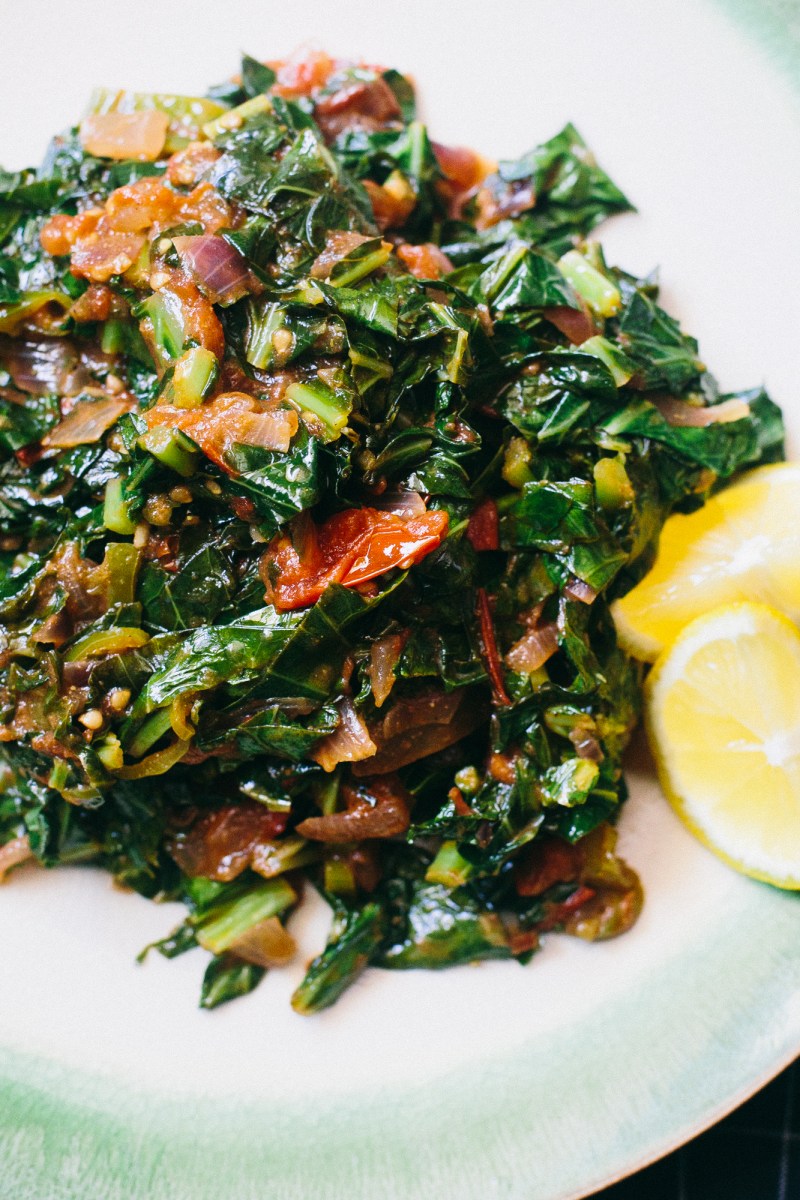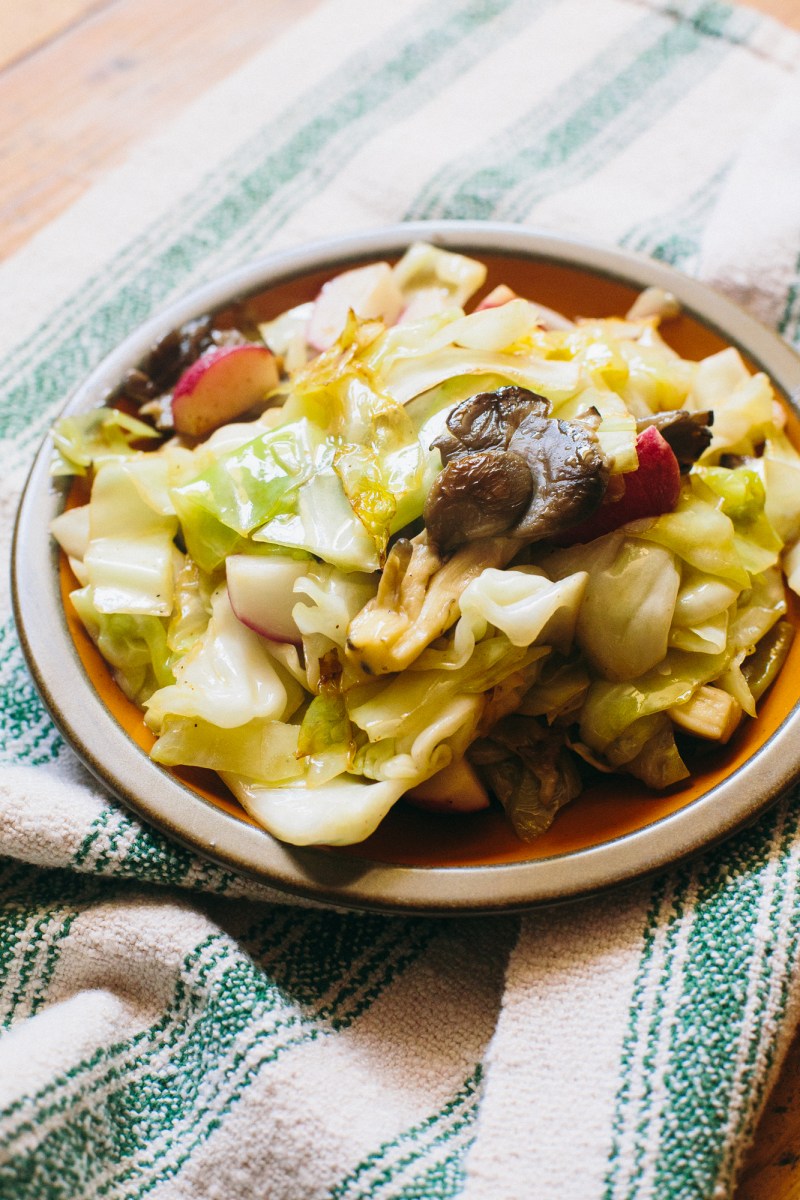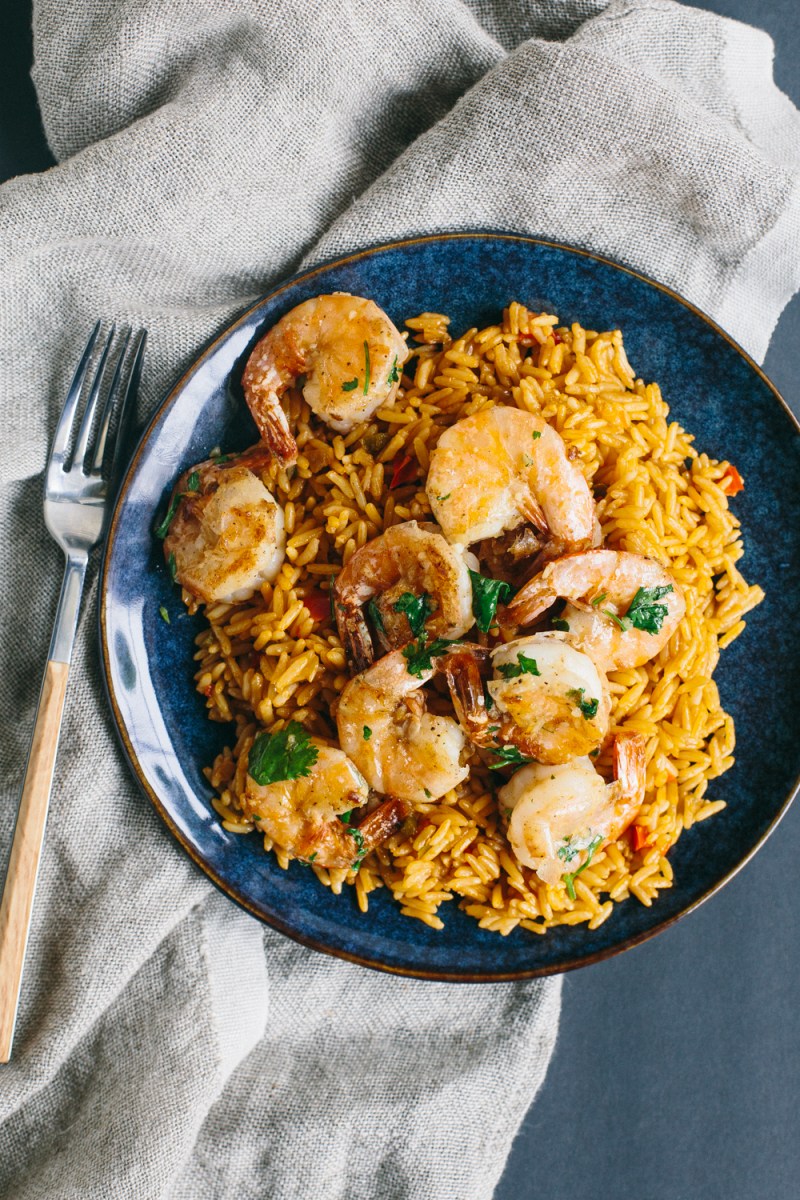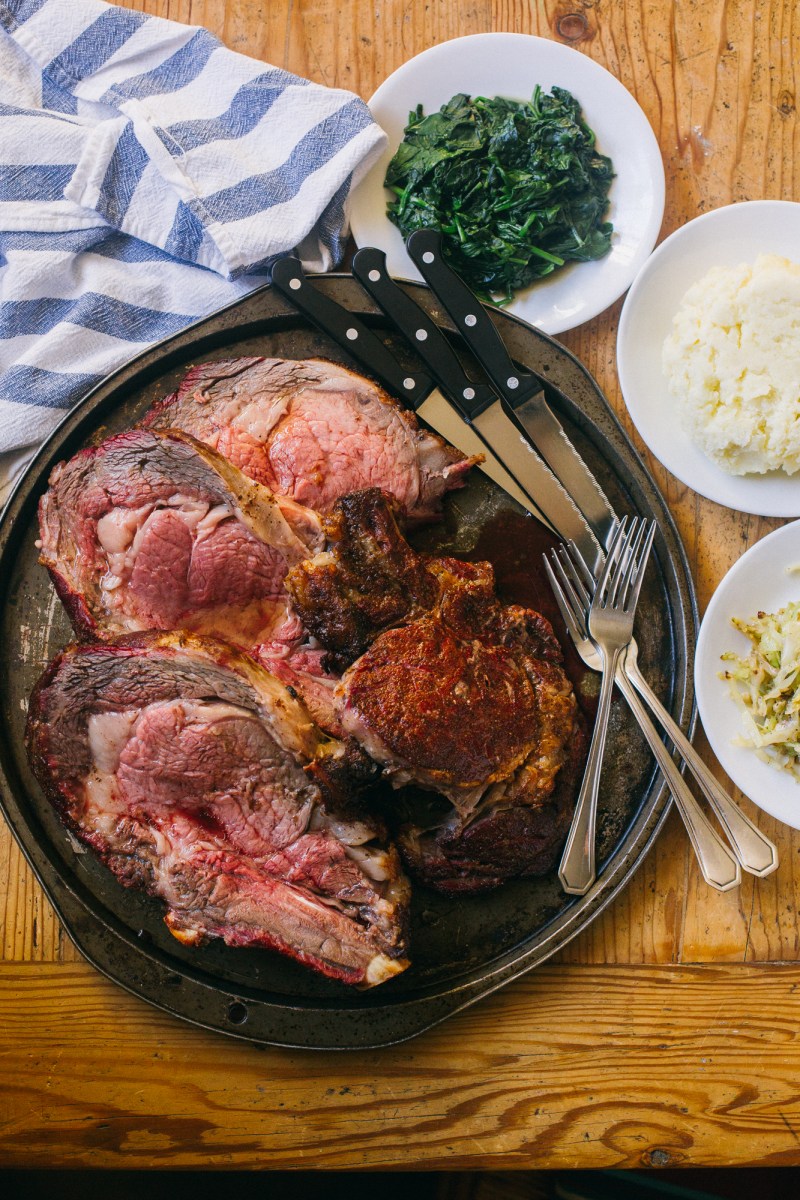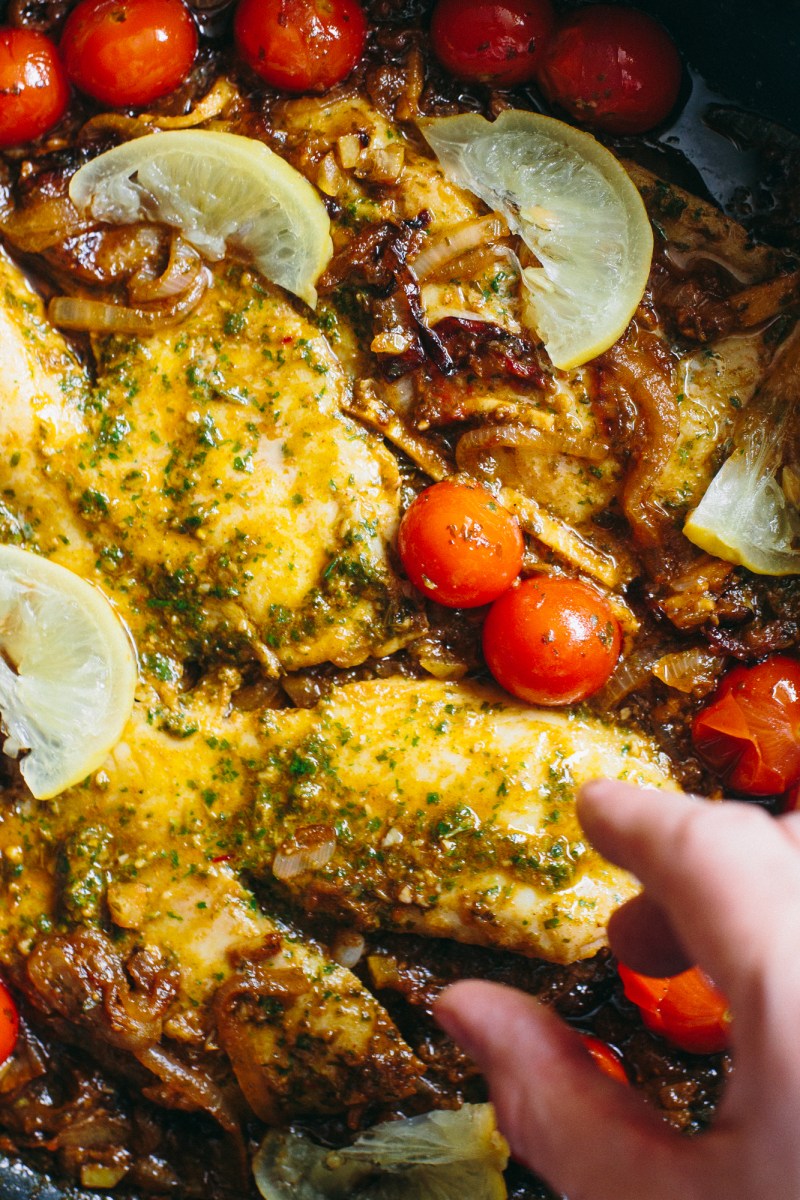
When most people think of cured pork, they think of the two champions of the cured-pork world: bacon and ham. But the Cajun dish Tasso (sometimes referred to as Tasso Ham) beats these two famous counterparts in another way — you can’t beat its affordability and ease. Because Tasso is made with shoulder or loin, it’s much cheaper to prepare than bacon (pork belly) or ham (pork leg), because the former is much more expensive, and the latter is hard to find in its unprocessed state.
This is a two-step process: first, you cure the pork to remove its moisture and to impart its characteristic pink hue. Next, you smoke it at a low heat (under 180F if possible). The process is a little involved, but the end product is super versatile; I use it in my gumbo, jambalaya, or any dish that calls for bacon or salt pork.
You’ll want to cut the shoulder into smaller pieces — my rule of thumb is that each piece should be the size of a baseball. This gives you more surface area to work with, so that you can imbue it with all of that cajuny goodness.
Read Full Article




